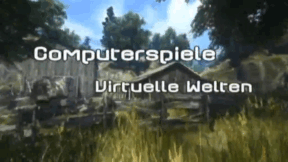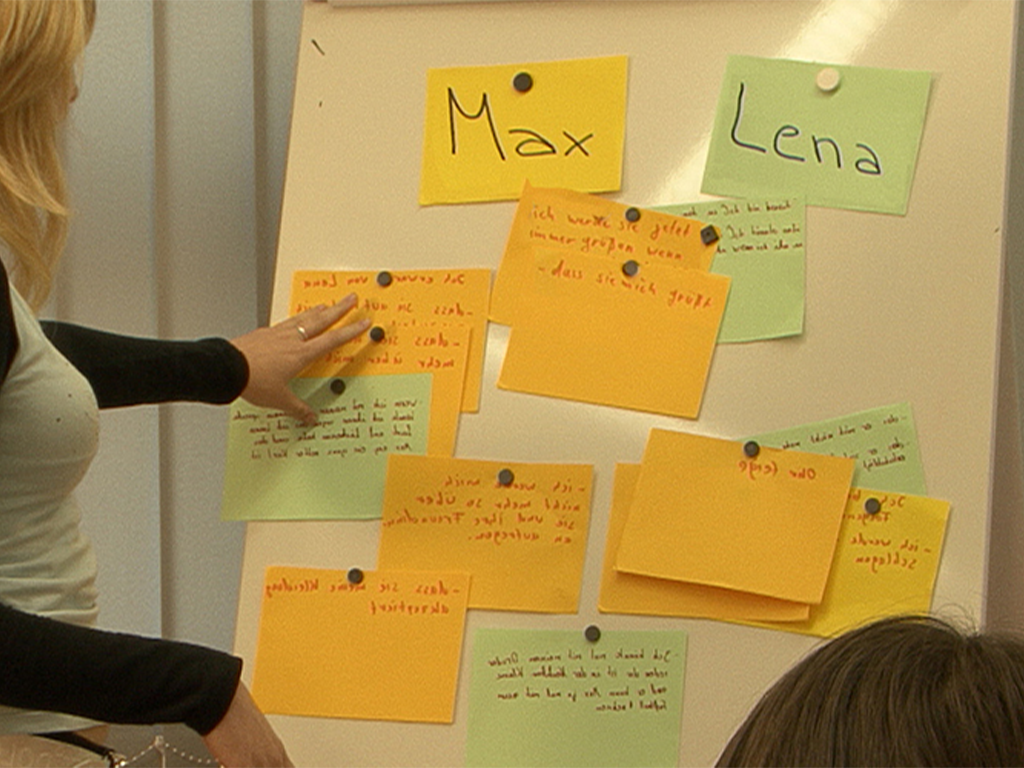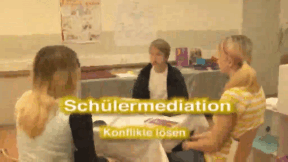 History
History
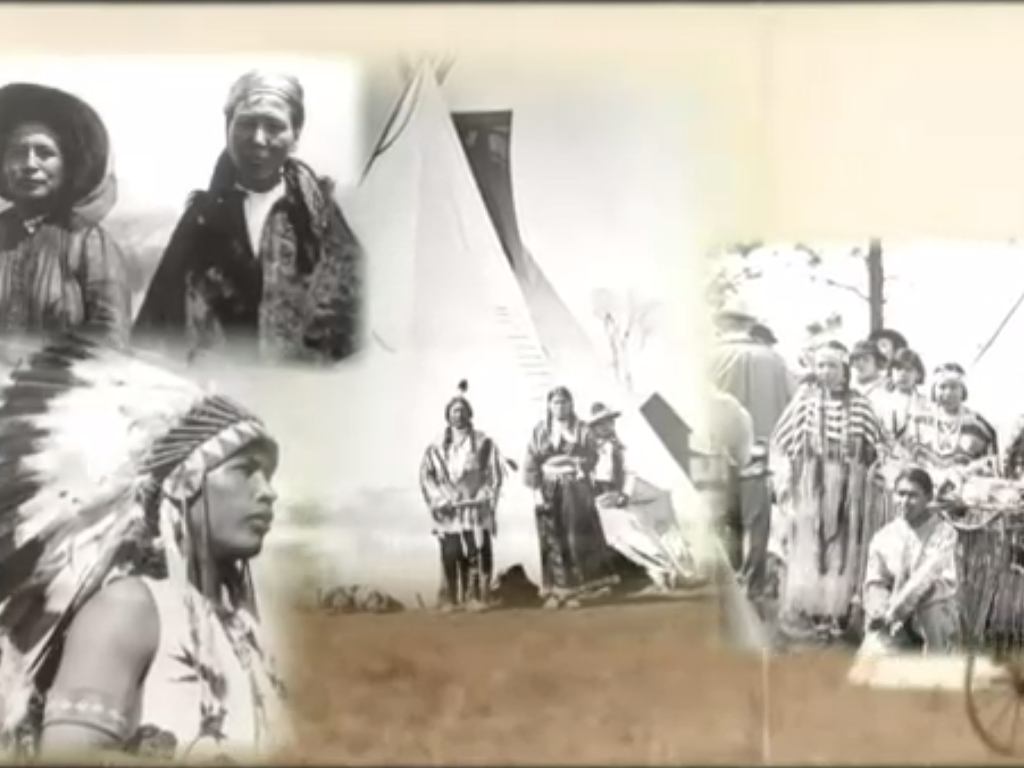

4658338 / 5551758
American Indians
Cultural Diversity in North America
Who were the first people in America? The native inhabitants of this continent are called Indians, and they are just as diverse as the peoples in Europe. North America is divided into Nine Native American Culture Regions and the film goes into detail about the Indians of the north-eastern and south-eastern Woodlands, the Indians of the Southwest and the Plains Indians. Adapted to the landscape and climate, different forms of culture evolved – from simple Stone Age humans and nomadic life styles to advanced cultures with cities and sophisticated societies. Thus, the Indians of the north-eastern woodlands already lived in a democratic society, which became the basis for the American Constitution. European colonisation reduced the number of Native Americans by diseases, wars and displacement. The film concludes with an outlook on Indian life in the United States today.
Play trailer
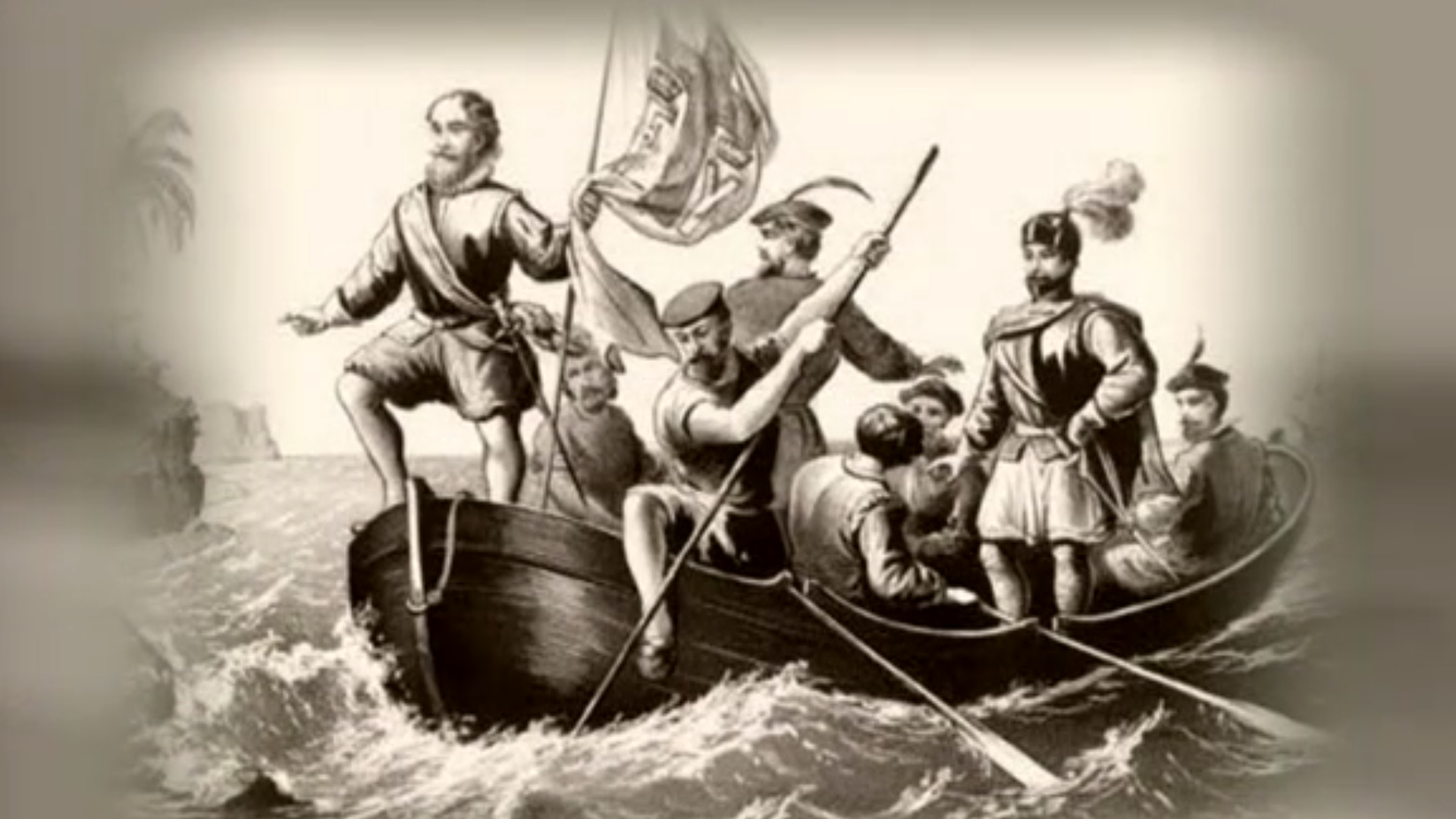
Curriculum-centred and oriented towards educational standards
Matching
Seal of approval
Quality seals such as the "Bio-Siegel", "Blauer Engel", "Stiftung Warentest" and up to 1,000 other seals represent characteristics such as sustainability, health or safety with regard to a product, a service or even a company.
Computer Games
This film covers the topic of computer games in a variety of ways and from many different angles. Apart from the fascina- tion of computer games for users, the historical development as well as the production of computer games are described. The established genres are introduced, the guidelines of the German BPjM are explained. In light of recent public discussions, a neutral overview of the pros and cons of playing computer games is given, and different kinds of player behaviour are outlined. In this film, the pupils will recognise many aspects of their favourite pastime that encourage an independent, constructive use of this medium and reinforce their media competency. The film and teaching material are very closely related to the real-life situation.
Peer Mediation
Lena and Max attend the 7th form. Max is new in class. During a break, Max notices that Lena and her friend are laughing at him again. Max loses his temper! He slaps Lena in the face. That hurts and Lena runs back into the classroom with a red cheek. The growing conflict between the two has escalated. Just like Lena and Max, every day pupils all over Germany have rows with each other. At the Heinrich Hertz Gymnasium in Thuringia, pupils have been trained as mediators for years. At set hours, they are in a room made available by the school specifically for mediation purposes. The film describes the growing conflict between Max and Lena and shows a mediation using their example. In doing so, the terms “conflict” and “peer mediation” are explained in a non-technical way. The aims of peer mediation and its progress in five steps as well as the mediators’ tasks are illustrated. The art of asking questions and “mirroring”, which the mediators must know, is described and explained. Together with the comprehensive accompanying material, the DVD is a suitable medium to introduce peer mediation at your school, too.







